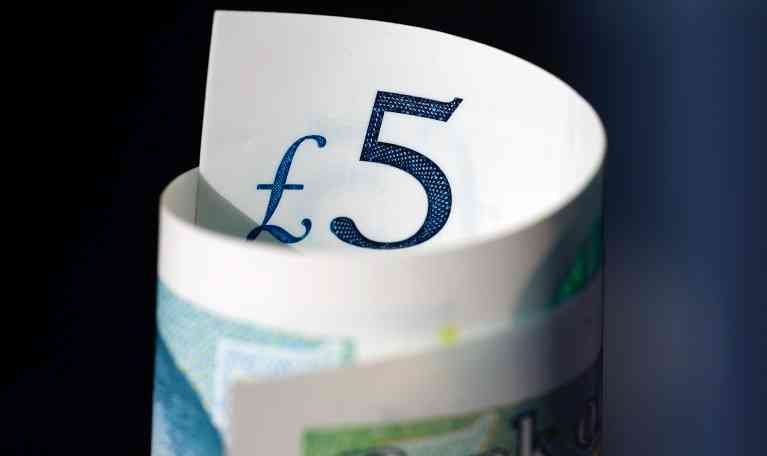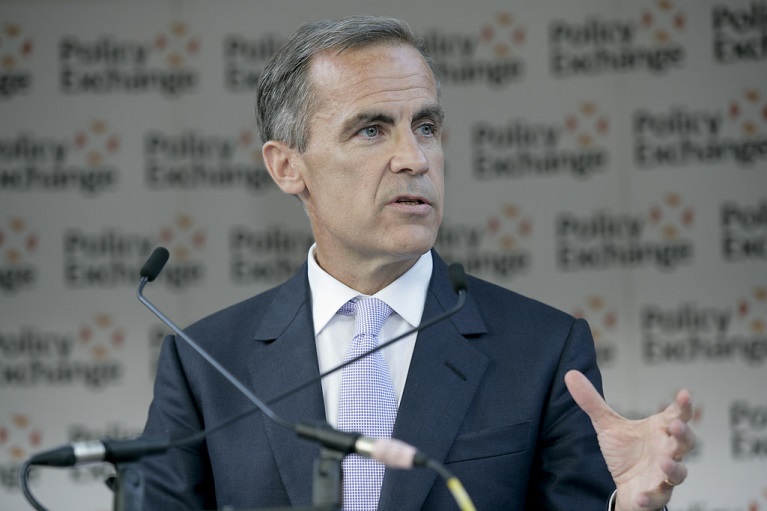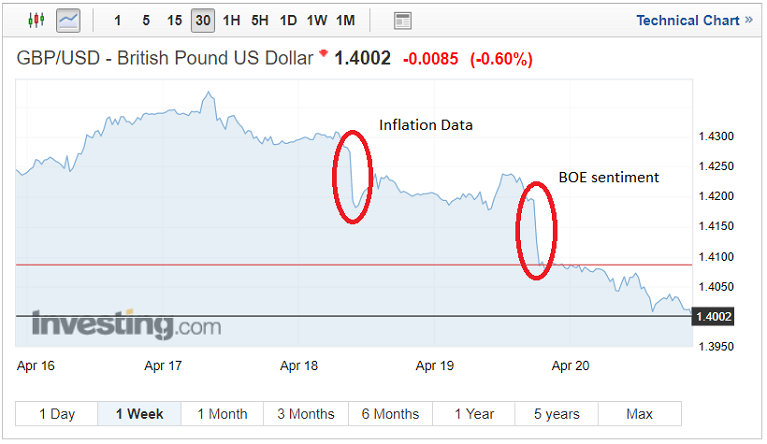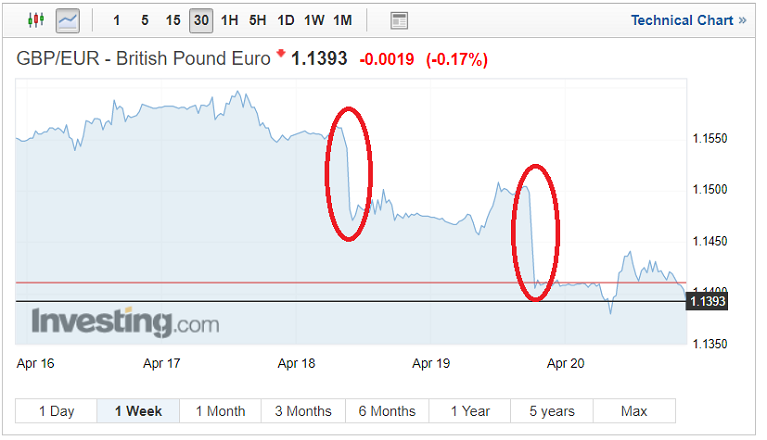While many would have thought last week that Sterling was on a March back to pre-Brexit levels (GBP-USD), a run of dismal data has but put that ambition to bed, or at least on ice for the moment. Last week sterling was enjoying notable gains and had hit a 6-month high. Though historically April is a great month for sterling it’s looking like the end of the spring month might be one to forget.

UK average earnings growth slips
In recent months average earnings had provided a positive conversation either meeting or exceeding their forecasts. In the last 6 readings, this economic data had demonstrated growth range of between 2.2% – 2.8% which markets and investors have enjoyed seeing. This month’s UK average earnings were anticipated to reach 3.0% up from the last Quarters 2.8% and it would appear that it was a stretch too far. March’s wage growth reached 2.8%, arguably demonstrating stability but falling short of the BOE’s target of 3.0%.
The data highlighted that wage growth year on year was up 2.8% but shortly off the target, sterling fell off the back of this but many still believed that a rate rise could be comfortably argued despite the lack of wage growth in this quarter. Many were still gambling on the 0.25% rise at this point.
Average earnings data was followed by claimant count and the UK unemployment which highlighted that unemployment is as at the lowest since 1975, with UK unemployment falling to 4.2%
UK year on year CPI data
The next hammer blow to Sterling came in the form of UK CPI, which had been expected to read 2.7% however, it dipped to 2.5%. Markets feel the recent anomalies in the inflation rate can be explained with a fall in March flight prices despite the early Easter holiday. A lack of alcohol and tobacco tax rises has also been attributed to the dip as well pricing adjustment to the post Brexit drop in sterling strength all of which are calculated to have exacerbated the slip in inflation.
Although more notice will be taken on medium-term data such as wage growth, inflation remains a key concern. Especially as it essentially erodes any gains in wage growth. Despite this, many economists still believe a rate rise could be likely. Sure that the Bank of England will have enough reasons to raise interest rates in May.
Mark Carney indecisive and unclear around interest rate rise timing
Speaking to the BBC in Washington, the Governor of the bank of England said that markets should expect an interest rate rise this year however he was reluctant to determine more than the fact that one could happen. Markets reacted promptly with Sterling falling over a cent against the dollar and tumbling against the Euro.
Once dubbed the ‘unreliable boyfriend’ because of undependable rhetoric many feel the governor might be returning to form. Investors had begun gearing up for a May rate rise which now would seem unlikely.
Qualifying his rationale Carney stated:
“On the softer side, some of the business surveys have come off. Retail sales have been a bit softer – we are all aware of the squeeze that is going on in the high street. We’ll sit down calmly and look at it all in the round.”
Despite a lot more clarity on Brexit in recent weeks, naturally, issues – including the Irish border, remain a concern for Carney an until issues such as the border are resolved there might be a reluctance in spite of MPC hawks that last month called for a rate rise.
“I am sure there will be some differences of view but it is a view we will take in early May [next scheduled meeting of MPC], conscious that there are other meetings over the course of this year.”
Although the comments far from dismiss a rate rise in May, it would appear that the MPC or potentially just Carney have some clear reservations.
It is clear consumer spending remains a clear issue for the Bank of England. This week the latest retail sales data showed another slide in March with consumers swerving the highstreets. Markets have put the slide down to poor weather which included some snow in many areas of the UK. The ‘beast from the east’ hit the retail sector hard and equated to the largest fall in a year. Retail sales fell from 0.8% to -1.2 falling short of the anticipated 0.5% monthly growth set out in forecasts.
When is the most likely time for a UK interest rate rise?
It’s hard to know where to start! In March the Bank insinuated that a rate rise was likely in May with many including an external MPC member confirming data is strong enough to raise rates next month. Adamant that recent discouraging data should be viewed as a blip rather than a downward trend or slowdown. Clarifying further during a speech in Glasgow Saunders who is one of the MPC’s rates hawks claimed:
“The significance of this apparent slowdown is… questionable,”
“Economic activity in March, and especially retail sales, was hit by unusually heavy snow. Previous experience suggests that such snow effects typically reverse in the next month or two.”
If this is sentiment is echoed by other MPC members you may see more in favour of a rate rise in May despite the governors more measured approach.
Sterling’s fall as it happened this week
After enjoying a meteoric rise last week, the Pound now finds itself in a familiar place- on a losing streak. Sterling had surpassed the 1.42 mark and was approaching 1.16 against the Euro. The Dollar, in particular, has come under a lot of scrutinies due to the president exploits and sterling had been approaching pre-Brexit levels.
This week’s run of poor data and sentiment has eroded much of the gains made by sterling. On Monday Sterling – Dollar opened at 1.4225, enjoying further gains sterling reached a week high of 1.4338 not seen since Brexit in was short lived with Sterling being punished due to the week’s data and BOE reluctance to commit to an interest rate rise. Sterling – Dollar closing at 1.4002.
Sterling hasn’t fared much better against the Euro this week now finding itself below 1.14 with CPI data and the BOE sentiment on Brexit and rate rises punishing Sterling again. It would appear that the pair will now experience resistance at around 1.1580 and could break lower if it remains at sub 1.14 mark.


